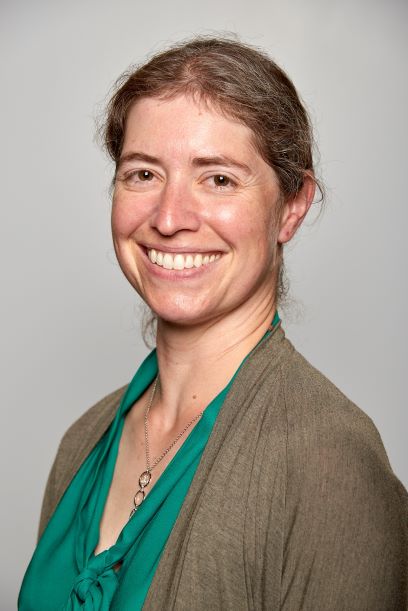Dosimetric Characterization of Orthopaedic Carbon Fiber Implants for Photon and Proton Radiotherapy
J Pursley1*, N Depauw1, S Lozano-Calderon2, C Patel1, (1) Department of Radiation Oncology, Massachusetts General Hospital, Boston, MA, (2) Department Of Orthopaedic Surgery, Massachusetts General Hospital, Boston, MA
Presentations
WE-IePD-TRACK 5-6 (Wednesday, 7/28/2021) 3:00 PM - 3:30 PM [Eastern Time (GMT-4)]
Purpose: Impending/actual pathologic femoral fractures secondary to metastatic bone disease, lymphoma, or multiple myeloma often require intramedular fixation followed by radiotherapy. Traditionally, titanium-alloy (TA) rods are used but recently, carbon fiber (CF) has emerged as an alternative. Due to its low atomic number, there is reduced CT-imaging artifact and dose perturbation when planning postoperative radiation. Herein, we characterize the dosimetric properties of CF implants compared to TA for proton and photon radiotherapy and develop recommendations for treatment planning.
Methods: TA and CF samples were acquired from an implant manufacturer as flat pieces 5cm x 5cm and 1.1cm thickness. CT scans were acquired in a solid water phantom with the implants in a custom-made Lucite holder. Material characteristics were evaluated on CT scans with and without metal artifact reduction (MAR). Relative stopping power (RSP) was determined from the range pull-back of each sample in a 20cm range proton beam. Photon transmission measurements were made in a solid water phantom and compared to the RayStation planning system. Photon plans for patients with implants were evaluated for dose perturbation.
Results: CF caused no visible CT artifacts and MAR was not necessary for Hounsfield Unit determination (median 364 HU) or contouring, while TA (median 3071 HU) caused substantial artifacts, which were improved, but not eliminated by MAR. The proton water-equivalent-thickness and RSP was measured as 35.4mm and 3.204 for TA and 15.7mm and 1.414 for CF. For 6 MV photons, the measured transmission was 89.3% for TA and 98% for CF. CF RSP calculation and transmission from CT HU showed a physical density overestimate compared to measurements.
Conclusion: With a density similar to bone, CF implants cause no imaging artifacts and minimal dose perturbation compared to TA. Overestimation of RSP and transmission from CT caused slight, but acceptable dose uncertainty (<1.5mm proton range).
Funding Support, Disclosures, and Conflict of Interest: Dr Lozano-Calderon has been a paid speaker for CarboFix Orthopedics Ltd, Amgen, and Daiichi Sankyo.
ePosters
Keywords
Not Applicable / None Entered.
Taxonomy
TH- External Beam- Photons: General (most aspects)
Contact Email



